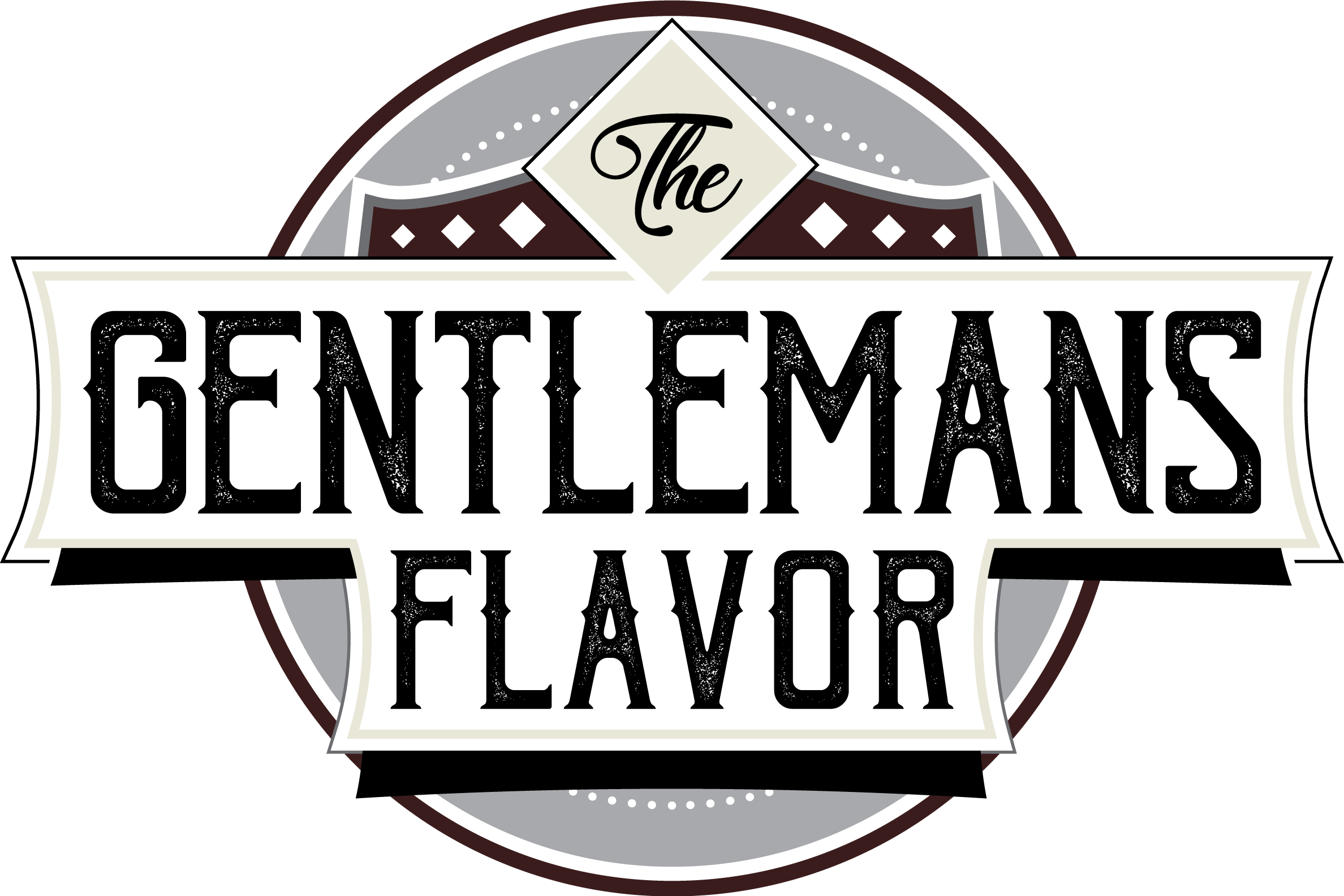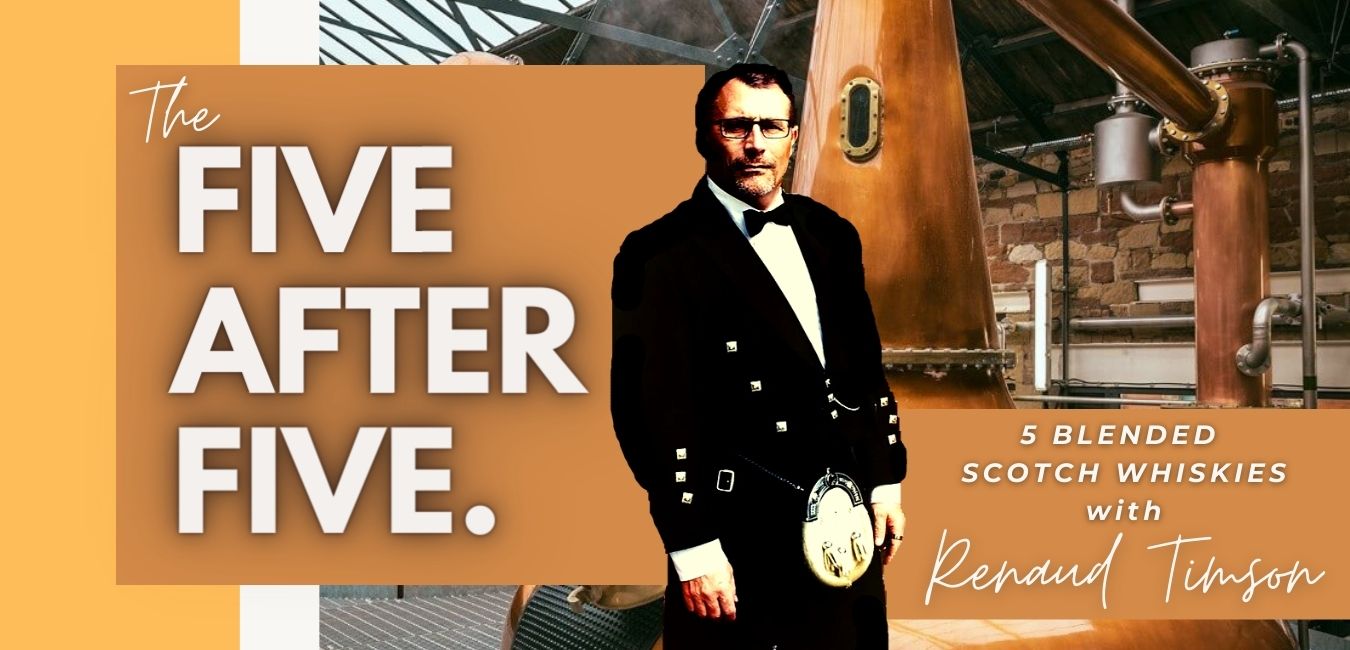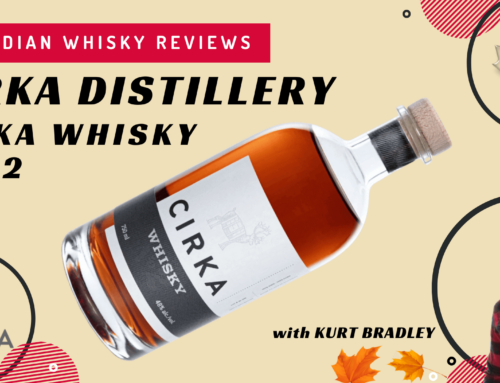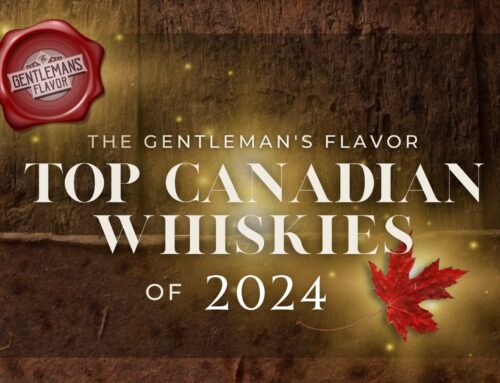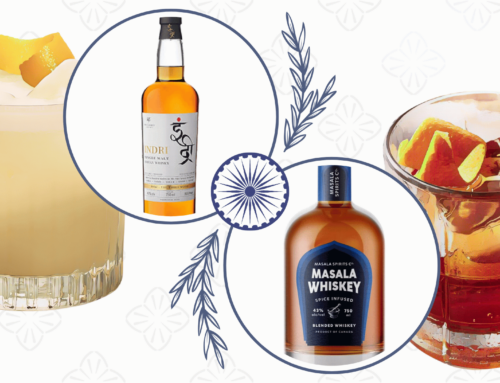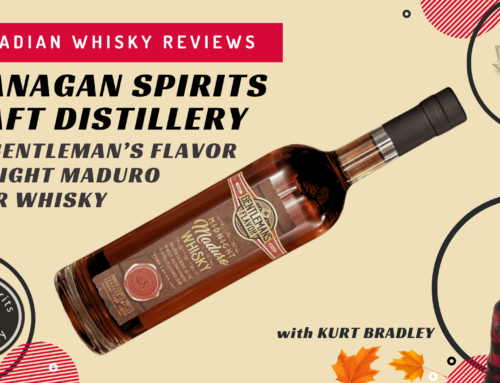Andrew was the first. Then again, maybe he wasn’t.
That’s the thing about the history of usquebaugh [late 16th century Gaelic pronounciation of whisky]; sometimes it’s like a non-chill filtered whisky – a little cloudy.
A Tale Of Two Andrews
This is the tale of two Andrews: Andrew I and Andrew II.
The year was 1813. Getting into the spirits industry was an à propos business venture to get into, so that’s what Andrew I did. Things really got interesting a few years later when Andrew I met George from the Drumin distillery through a business Tinder hook up (I told you the history was cloudy). George would send 600 gallons of whisky a month. Andrew I would vat the whisky casks, then sell the whisky as agent representative for George and the Drumin Distillery.

Andrew Usher I
By 1848 Andrew II, the sequel, joined his dad’s business. Five years later, they released an expression that was made up of “vatted” casks from the Drumin distillery called OVG (Old Vatted Glenlivet). Eventually, the Andrews got their own distillery and blended their casks with Drumin’s. So the original OVG vatted release became a blended scotch. Oh, and if you time travelled and picked up a bottle, you’d notice the label read: Usher’s Old Vatted Glenlivet.
Yes, those Ushers.
Now this is where the history haziness shows up. While Andrew Usher I and II indeed experimented with vatting and blending, others during the same time were as well. However, Andrew Usher II was the first recorded whisky blender which means Usher II can proudly proclaim: “So there”.

Andrew Usher II
I will say this about blends: they’re an ideal way to introduce non scotch drinkers to said world. Also, it takes a blending wizard to be able to blend other distilleries’ whiskies which have their own character and then create a new whisky with its own personality.”
Does This Blended Scotch Make Me Look Vat?
Ninety percent of the scotch whisky sold is a blended scotch; however it’s not a homogenous category. In fact, there are three different types of blends:
- Blended Scotch Whisky: This type of scotch is a marriage of malt and grain whiskies from up to 40 different distilleries. Most single malt whiskies end up in blends.
- Blended Malt Whisky: This is a blend of at least two single malt scotches. Once referred as vatted malt. In 2009, the Scotch Whisky Regulations poured that term out and replaced it with Blended Malt.
- Blended Grain Whisky: This is a blend of at least two single grain scotches. A single grain scotch is a whisky made of two grains from one distillery.

Compass Box is a popular blended grain release
Not wanting to start a glassless debate about single malts versus blends. Over a glass – perhaps. I will say this about blends: they’re an ideal way to introduce non scotch drinkers to said world. Also, it takes a blending wizard to be able to blend other distilleries’ whiskies which have their own character and then create a new whisky with its own personality.
With that, get your glass ready to pour:
5 Blended Scotch Whiskies:

5.
Té Bheag (Pràban na Linne)
Isle Of Skye, Scotland / 40% ABV
Hey, Peat Heads, pull up a chair along the coast and take in that brine and soft peat. And it’s pronounced “Che-Vek” – just like it’s spelled.

4.
Monkey Shoulder (William Grant & Sons)
Highlands, Scotland / 43% ABV
Named after the injury one could get after raking the floor maltings. After a while, one’s arms would hang low… like a monkey.

3.
Chivas Regal Mizunara (Chivas Brothers Ltd.)
Lowlands, Scotland / 40% ABV
An NAS blend of grain and malt whiskies. Some of this blended whisky was finished in Mizunara casks – something that isn’t often done in blends.

2.
Poit Dhubh 21 Year Old (Pràban na Linne)
Isle Of Skye, Scotland / 43% ABV
This blender calls the Isle Of Skye home. Pot Dhubh is Gaelic for black pot. And it’s prounced “Potch Goo” – just like it’s spelled.

1.
Compass Box Hedonism (Compass Box delicious Whisky Ltd.)
Chiswick, UK / 43% ABV
Compass Box are, to me, artisanal blenders. Taking single grain whiskies from Cameron Bridge and Port Dundas, this whisky is like taking a sip of Christmas.
The Last Word
Again, as with these lists that include ‘only’ five suggestions – it certainly doesn’t mean any other blended whiskies shouldn’t be explored.
At the end of the day, enjoy what you enjoy, recommend what you have, and try what you haven’t.
Cheers.
– Renaud Timson

Renaud Timson resides in Ottawa, Canada and likes to refer to himself as a “whisky enjoyist”. He is a certified Whisky Ambassador, accredited by the Scottish Whisky Association and his wallet has membership cards to The Scotch Malt Whisky Society of Canada, Ontario Whisky Quarterly and The Ottawa Whisky Guild.
On the non-whisky side, he’s a dad of six adult kids: three with two legs and three with four legs. He has some whiskies that are older than his kids.
He can be reached at renaudtimson@gmail.com.
